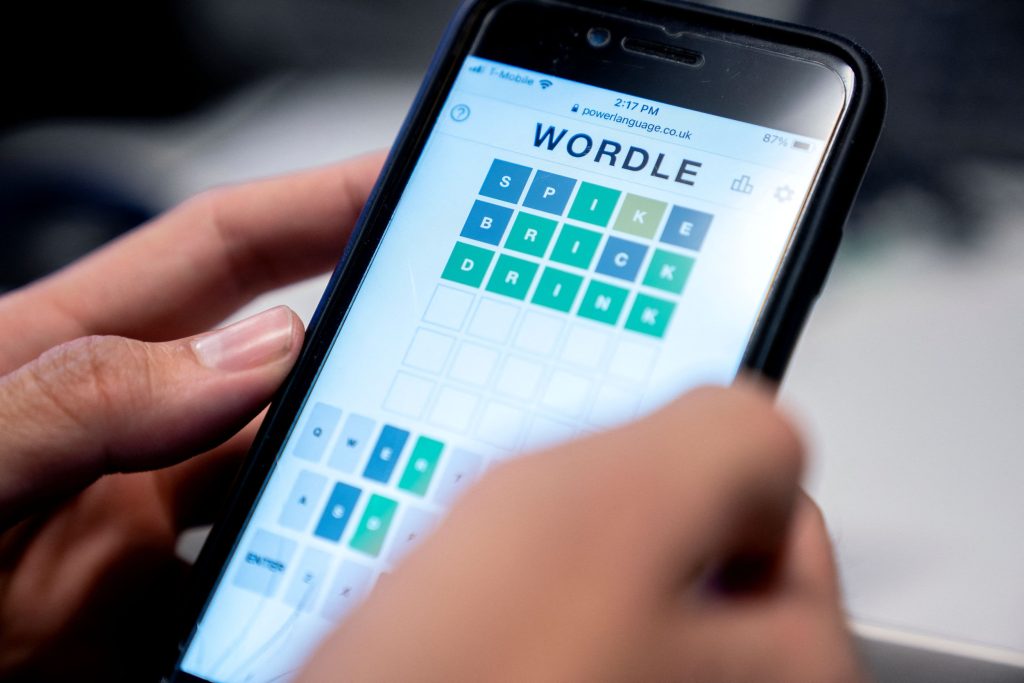Wordle, the immensely popular word puzzle game, continues to captivate players worldwide as we approach the new year. Created by Josh Wardle during the COVID-19 lockdown as a simple pastime for himself and his partner, Wordle quickly gained a devoted following upon its public release in October 2021. Its success culminated in its acquisition by The New York Times in 2022, solidifying its place as a staple in the online gaming world. This engaging game challenges players to deduce a five-letter word within six attempts, utilizing a color-coded system to guide their guesses.
The gameplay mechanics are straightforward yet strategically nuanced. Players submit a five-letter word, and the game provides feedback through color-coded tiles. A green tile indicates a correctly placed letter, a yellow tile signifies a letter present in the word but in the wrong position, and a gray tile indicates a letter absent from the target word altogether. This feedback loop allows players to refine their subsequent guesses, drawing upon their vocabulary, pattern recognition skills, and a bit of deduction. The limited number of attempts adds a layer of challenge, encouraging strategic thinking and careful consideration of letter frequencies and placement.
Optimizing one’s Wordle strategy involves a blend of linguistic knowledge and tactical considerations. Experts suggest prioritizing common vowels and consonants in initial guesses, maximizing the potential for uncovering valuable information early in the game. Letters like “E,” “A,” “R,” and “T” are statistically more likely to appear in five-letter words, increasing the odds of hitting a green or yellow tile. Conversely, less frequent letters like “Q,” “Z,” “J,” and “X” are generally less effective starting points. As subsequent guesses reveal more information, players should consider phonetic patterns and word structures to narrow down the possibilities and efficiently zero in on the solution.
For today’s Wordle challenge, December 31st, #1291, we offer a series of hints to guide players towards the solution. The target word is a noun containing two vowels, with no repeated letters. The first letter is “L,” and the word is associated with a primate native to Madagascar. These clues provide a framework for players to apply their Wordle strategies and deduce the correct word.
The solution to the previous Wordle puzzle, #1287 from December 27th, was “Lemur.” This word aligns with the provided clues: it is a noun, contains two vowels (E and U), has no repeated letters, starts with “L,” and refers to a primate primarily found on the island of Madagascar. The provided definition further clarifies the meaning and usage of the word, enriching the player’s understanding beyond the game itself.
Wordle’s daily reset at midnight ensures a fresh challenge awaits players each day. This consistent cycle of puzzles contributes to the game’s enduring appeal, fostering a sense of anticipation and community among players. For those seeking additional word-based challenges while awaiting the next Wordle, alternative games like Typochondria and Spellspire offer engaging ways to exercise vocabulary and problem-solving skills. These supplementary games provide a valuable outlet for word enthusiasts, further solidifying the popularity and enduring appeal of word puzzle games in the digital age.










